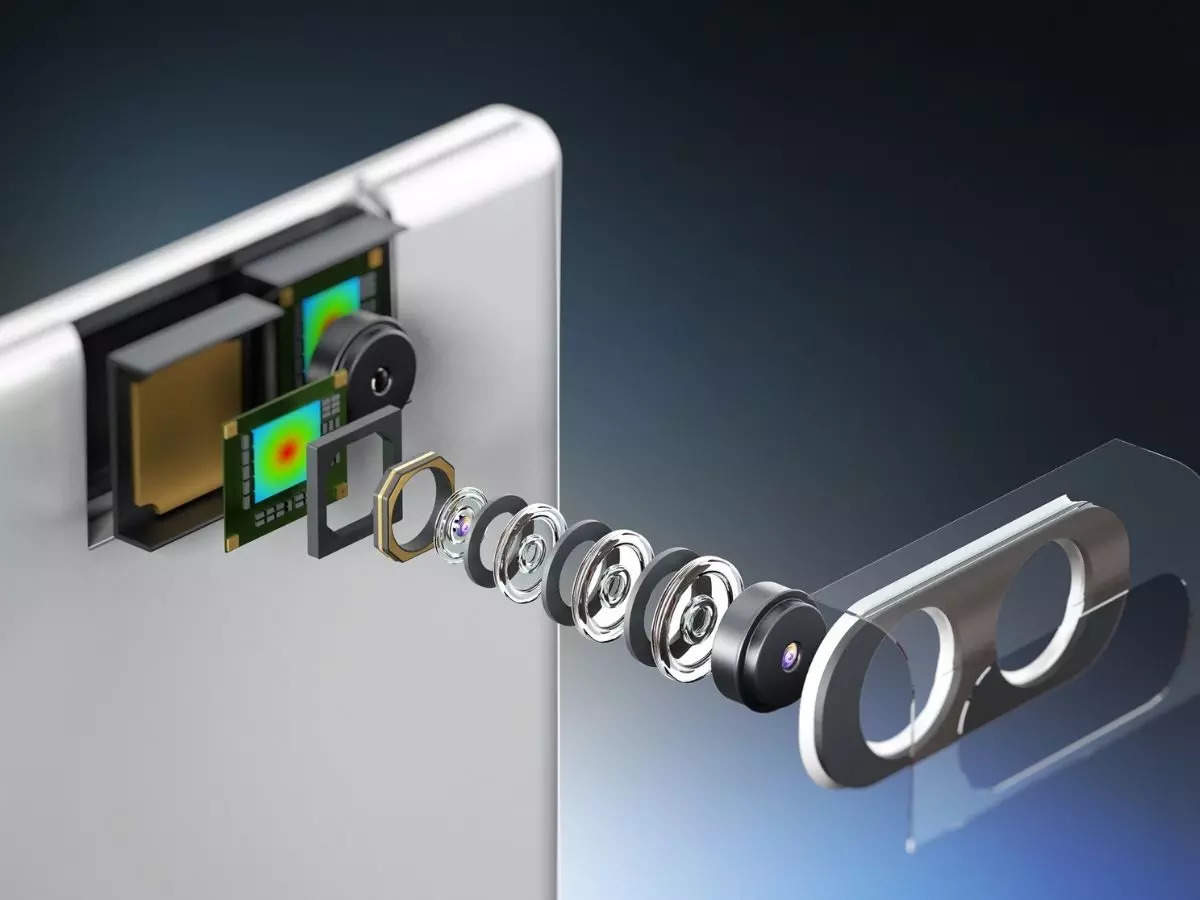
It is a problem scientists have risen to, with a purpose to democratise well being look after economically deprived individuals the world over.
A group of scientists have developed a brand new technique for the investigation of organic cells which is sufficiently small to suit right into a smartphone lens.
Whereas they’ve up to now solely examined it within the lab, they hope sooner or later this nanotechnology might allow disease detection in real-world medical settings utilizing only a cellular gadget. The scientists hope their work can ultimately assist save thousands and thousands of lives.
How To Examine A Organic Cell
With the ability to examine organic cells via optical microscopes is a elementary a part of medical diagnostics.
It’s because particular modifications in cells that may be noticed beneath a microscope are sometimes indicative of ailments. Within the case of malaria, for instance, the gold-standard technique of detection entails utilizing microscope photographs to determine particular modifications in a affected person’s crimson blood cells.
However organic cells are good at hiding. Lots of their inside options are virtually clear and nearly invisible to standard microscopes. To make these options seen, they should apply tips.
A technique is to introduce some type of chemical staining, which provides distinction to the clear options of cells.
Different approaches use a course of referred to as “part imaging”. Part imaging exploits the truth that mild, which has handed via the cell, accommodates details about the clear elements of the cell – and makes this info seen to the human eye.
Typical phase-imaging strategies depend on a spread of cumbersome parts equivalent to prisms and interference setups, which price hundreds of {dollars}. Additionally, costly and hulking tools cannot be simply made obtainable in distant areas and economically deprived nations.
Enter Nanotechnology
A significant scientific effort is at present directed in direction of leveraging nanotechnology to switch conventional giant optical parts.
That is being completed by creating nanometer-thick units with the potential for low-cost mass manufacturing. These units could possibly be built-in into cellular units, equivalent to smartphone cameras, sooner or later.
Within the particular case of part imaging, scientists have beforehand solely been capable of develop methods that:
are reliant on time-consuming computational post-processing, which makes the method extra advanced, and would not permit for real-time imaging
nonetheless use mechanically shifting or rotating elements. Due to the house necessities of those elements, they’re incompatible with utterly flat optical parts and ultra-compact integration.
They’ve developed a tool that may carry out instantaneous phase-imaging with out these limitations. Their answer is just a few hundred nanometers thick, and could possibly be built-in into digital camera lenses, within the type of a flat movie on prime of the lens.
How they did it
They inscribed a nanostructure into a really skinny movie (lower than 200 nanometres thick) which permits part imaging utilizing an impact typically known as “optical spin-orbit coupling”.
The precept of operation is easy. A clear object, equivalent to a organic cell, is positioned on prime of the gadget. Gentle is shone via the cell and the beforehand invisible construction of the cell turns into seen on the opposite facet.
Of their latest publication in ACS Photonics, they’ve detailed how they efficiently demonstrated the usage of this technique in a laboratory setting, with artificially generated clear objects. The objects have been just a few micrometres in measurement, and due to this fact similar to organic cells.
Since this technique permits part imaging, however doesn’t take care of the magnification of small objects equivalent to cells, it at present nonetheless requires cumbersome lenses to offer magnification. Nevertheless, they’re assured sooner or later their gadget could possibly be built-in with flat lenses, rising from different advances in nanotechnology.
The place Might It Lead Us?
A problem with the present gadget prototype is the fabrication price of roughly A$1,000. They used a number of pricey nanofabrication strategies which can be additionally used for the fabrication of laptop chips.
That stated, by leveraging the economies of scale related to chip manufacturing, they consider that they may obtain the speedy and low-cost manufacturing of this gadget throughout the subsequent few years.
To this point they’ve solely completed this work within the lab. Seeing the expertise develop into obtainable in medical cellular units would require collaboration with engineers and medical scientists who specialise within the growth of such instruments.
Thier long-term imaginative and prescient for the expertise is to permit cellular units to analyze organic specimens in a means that hasn’t but been doable.
Other than permitting distant medical diagnostics, it might additionally present at-home illness detection, whereby a affected person might receive their very own specimen via saliva, or a pinprick of blood, and ship the picture to a laboratory anyplace on the planet.






